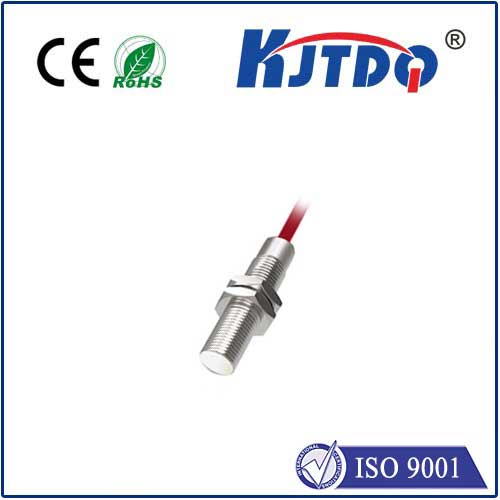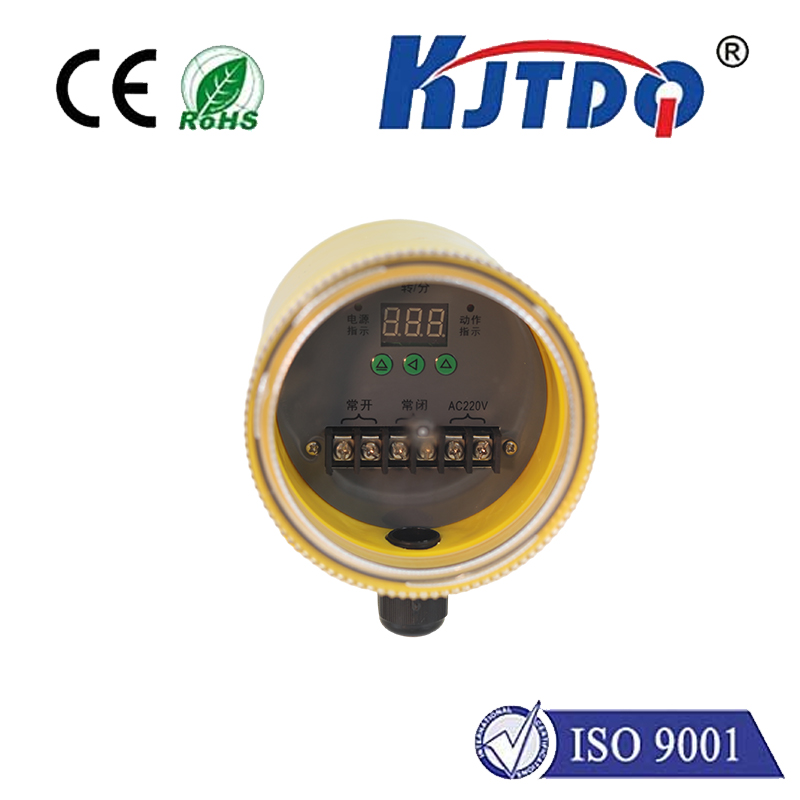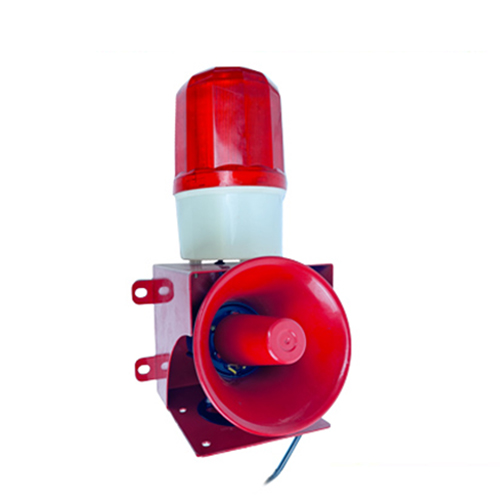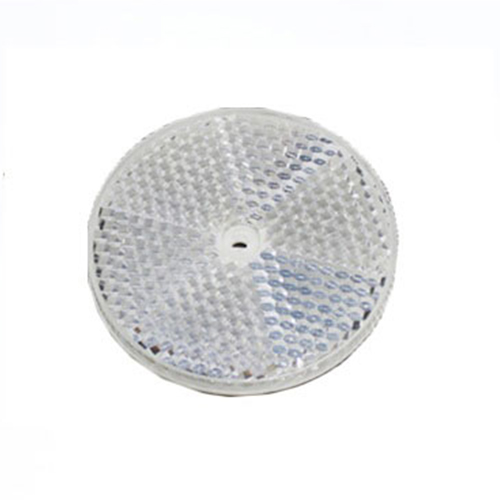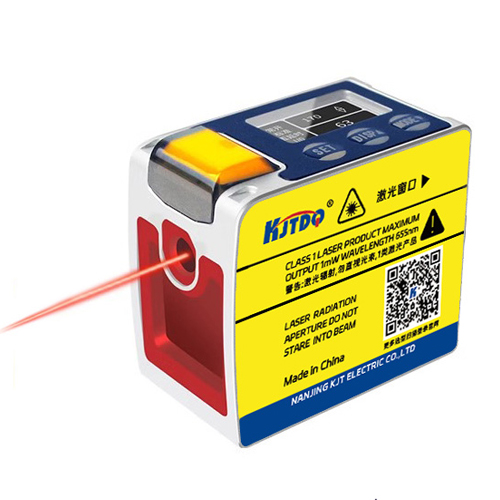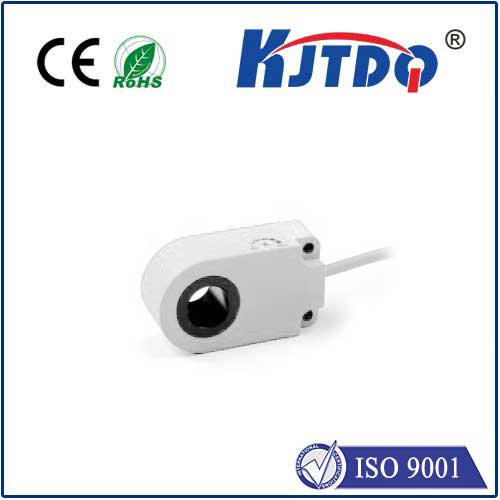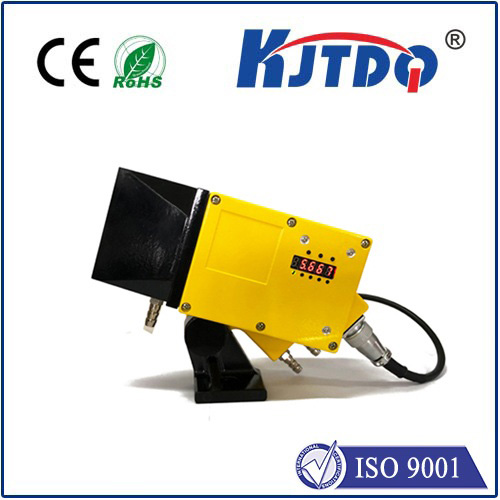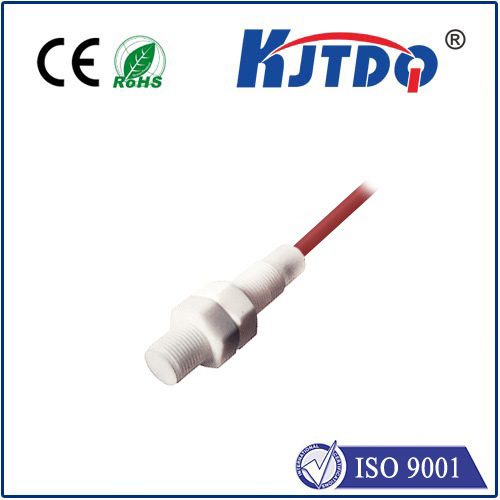DWPK12-30 Pull rope switch
- time:2025-09-23 04:56:51
- Click:0
DWPK12-30 Pull Rope Switch: Essential Emergency Protection for Extended Conveyor Lines
Imagine a loose piece of clothing snagged on a fast-moving conveyor belt. Or a structural failure begins grinding metal on metal. In the heartbeat between normal operation and potential catastrophe, accessible, reliable emergency shutdown is not just beneficial – it’s imperative. This is where the DWPK12-30 Pull Rope Switch transitions from a piece of industrial hardware into a critical lifeline. Designed specifically for the safeguarding of lengthy conveyor systems and similar machinery, it embodies a fundamental principle: safety accessibility at every point. Understanding its role, function, and specifications is crucial for any operation prioritizing worker protection and operational continuity.
At its core, a pull rope emergency switch, like the DWPK12-30, is an emergency stop (E-stop) device. Unlike a standard stop button fixed to a control panel, its defining feature is its activation mechanism: a continuous rope or cable running the entire length of the hazardous area, parallel to the conveyor. This rope is connected at both ends (or potentially at intervals) to the switch housing. When an operator, witnessing an emergency anywhere along the line, pulls this rope, the action triggers the switch mechanism inside the DWPK12-30 unit. This causes the switch contacts to change state, immediately sending a signal to the machinery’s control system demanding a complete halt. Its mission is singular and vital: instantaneous shutdown to prevent injury or damage, accessible from any point along the rope’s path.
The DWPK12-30 designation isn’t arbitrary; it signifies specific technical characteristics tailored for demanding environments. Breaking it down:

- “DWP”: Likely the manufacturer series or model prefix.
- “K”: Often indicates a pull cord or rope-operated design.
- “12”: Commonly refers to the contact configuration. A “1” typically signifies one Normally Open (NO) contact set, and “2” signifies one Normally Closed (NC) contact set. This versatile configuration provides flexibility for integrating into various safety control circuits.
- “30”: Usually denotes the rated operational current, in this case, 30 Amps. This robust current rating allows the DWPK12-30 to handle significant electrical loads directly or interface reliably with control relays in higher-power systems.
Key Features and Design Elements make the DWPK12-30 suitable for industrial settings:
- Heavy-Duty Construction: Built to withstand harsh environments – dust, moisture, vibration, and impacts are common adversaries. The housing is typically robust metal or high-grade plastic.
- Self-Monitoring Operation: Critical for safety integrity, many models, including variants like the DWPK12-30, incorporate self-checking mechanisms. These continuously monitor the rope tension and switch alignment. If the rope sags excessively, breaks, or the switch body becomes misaligned (e.g., by impact), the system detects the fault and can trigger a safety shutdown or alert personnel, ensuring the E-stop remains functional.
- Positive Actuation: Pulling the rope provides a clear, mechanical movement ensuring definite contact operation, minimizing the chance of failure.
- Manual Reset Requirement: After activation, the switch must be manually reset at the unit itself. This fundamental safety feature prevents automatic restarting, forcing personnel to investigate the cause of the stop and consciously restart the system once the hazard is cleared.
- IP Rating: Look for certifications like IP54, IP65, or higher, indicating protection against dust ingress and water jets – essential for conveyor applications in mining, aggregate, recycling, or outdoor settings.
Effective Installation and Operation are paramount:
- Strategic Mounting: The switch units are installed at the ends of the conveyor run (and potentially at intermediate points for very long conveyors). Mounting must be secure and resistant to vibration.
- Rope Routing & Tension: The pull rope must run parallel to the conveyor, within easy reach of operators (typically between waist and shoulder height). Maintaining proper tension is crucial! Too loose, and it might sag below pull height or trigger a fault; too tight, and it causes unnecessary stress or accidental activation. Tensioners are used to achieve and maintain the correct tension.
- Clearance: Ensure no obstructions prevent the rope from being pulled freely along its entire length. Guards should protect the rope near pinch points without impeding its function.
- Clear Signage: Prominent, universally understood “Emergency Stop” labels must be visible along the rope path.
Rigorous Maintenance is non-negotiable for a critical safety device:
- Regular Inspections: Visually check the entire rope length for fraying, cuts, or damage. Inspect the switch housing for cracks or loose mounting bolts.
- Tension Checks: Frequently verify rope tension is within the manufacturer’s specified range. Adjust tensioners as needed.
- Functional Testing: Schedule regular tests (e.g., weekly or monthly, as per safety protocols). Pull the rope at various points to ensure it reliably trips the switch and stops the conveyor. Verify the manual reset works correctly afterward.
- Environmental Checks: Ensure dust or debris isn’t accumulating on the switch mechanism or rope guides.
- Record Keeping: Document all inspections, tests, adjustments, and maintenance performed.
The DWPK12-30 Pull Cord Switch finds its indispensable role in numerous sectors where materials are transported over significant distances:
- Mining & Quarrying: Protecting personnel around crushers, screens, and long-haul conveyors.
- Bulk Material Handling: Essential in grain elevators, cement plants, power stations (coal handling), and ports.
- Recycling Facilities: Safeguarding workers near sorting lines, shredders, and material conveyors.
- Manufacturing & Warehousing: On assembly line conveyors or automated storage/retrieval systems.
- Packaging & Processing Lines: Anywhere long conveyors pose pinch-point or entanglement risks.
Integrating the DWPK12-30 into safety circuits usually involves connecting its contacts to a Safety Relay or directly into the machine’s safety controller. The normally closed (NC) contact is typically wired in series within the safety circuit loop. When the rope is pulled, the NC contacts open, breaking the circuit and initiating the emergency stop sequence. The normally open (NO) contact can be used for fault signaling (e.g., indicating a broken rope detected by the self-monitoring function).
Investing in a reliable emergency pull cord switch like the DWPK12-30 is an investment in human safety and operational risk mitigation. It fulfills a critical requirement dictated by safety standards globally: providing an immediately accessible e-stop mechanism covering every meter of a potentially hazardous zone. Its robust design, vital self-monitoring capability, and proven operation under demanding conditions make it a cornerstone of responsible industrial plant safety. Specifying, installing, and diligently maintaining the DWPK12-30 pull rope switch ensures that when seconds count, the means to halt danger is always within arm’s reach.






